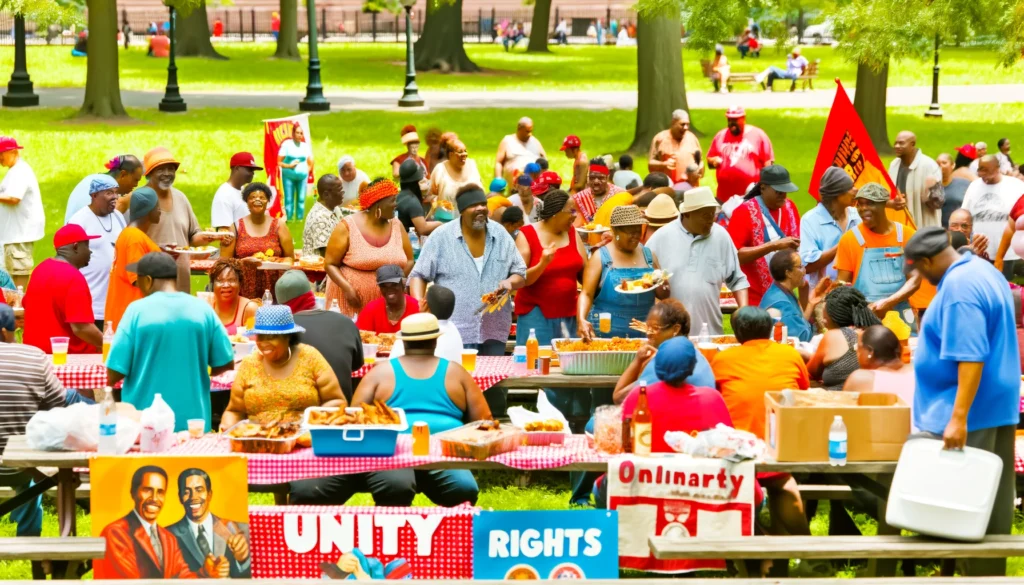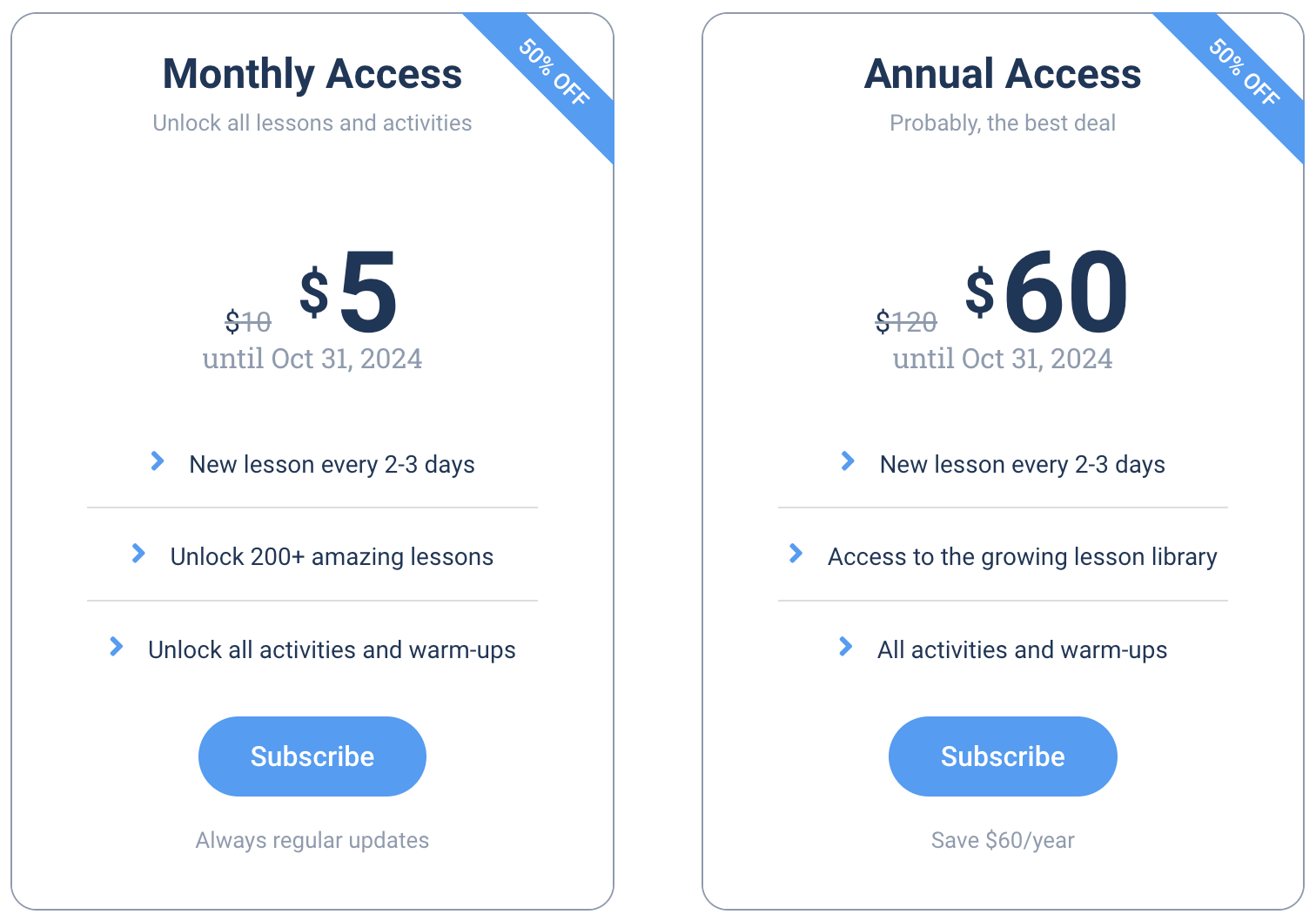
Labor Day, observed on the first Monday in September, is a holiday in the United States that honors the contributions of American workers and the labor movement. It marks the achievements of workers in securing rights such as the eight-hour workday, weekends, and safer working conditions. The day is celebrated with parades, picnics, barbecues, fireworks, and other public gatherings, serving as a tribute to the resilience and strength of the American workforce, as well as a symbolic end to the summer season.
Table of Contents
A2 Level Questions:
- What is Labor Day?
- Why do we celebrate Labor Day?
- What do people do on Labor Day?
- Is Labor Day a holiday in all of America?
- Who does Labor Day honor?
- What are some Labor Day symbols?
- Are there parades on Labor Day?
- What foods do people eat on Labor Day?
- Do children go to school on Labor Day?
- Why is Labor Day important?
- What colors might you see on Labor Day?
- How do families celebrate Labor Day?
- Is Labor Day the same in every country?
- What happens in a Labor Day parade?
- How do you feel about Labor Day?
- Why is Labor Day in September?
- What is the history of Labor Day?
- Can you name a famous labor leader?
- What changes did workers fight for?
- How does Labor Day end the summer?
B1 Level Questions:
- How has the celebration of Labor Day changed over the years?
- What is the significance of labor unions in the context of Labor Day?
- How do Labor Day celebrations differ across the United States?
- Why is Labor Day considered the unofficial end of summer?
- What role does the labor movement play in today’s society?
- Discuss the impact of Labor Day on American culture.
- How do workers’ rights today compare to those in the past?
- What are the challenges facing the labor movement today?
- How can people celebrate Labor Day while acknowledging its history?
- What are some traditional Labor Day events or activities?
- How does the media cover Labor Day?
- Why do some people not celebrate Labor Day?
- Compare Labor Day to similar holidays in other countries.
- What are the benefits of labor unions for workers?
- Discuss the importance of the eight-hour workday.
- How have labor laws improved working conditions?
- What is the future of the labor movement?
- How do labor issues affect the economy?
- Discuss the significance of worker solidarity.
- What does Labor Day teach us about American history?
B2 Level Questions:
- Analyze the historical origins of Labor Day and its significance in the labor movement.
- Evaluate the impact of labor unions on worker rights and workplace safety.
- Discuss the relevance of Labor Day in the gig economy and for freelance workers.
- How has globalization affected the labor movement and Labor Day celebrations?
- Compare and contrast Labor Day celebrations in the U.S. with May Day in other countries.
- Explore the role of labor rights in shaping economic policies.
- Discuss the balance between labor rights and corporate interests.
- How do technological advancements impact labor practices and Labor Day’s significance?
- Analyze the portrayal of labor movements in media and popular culture.
- Discuss the challenges and opportunities for the labor movement in the 21st century.
- Evaluate the role of labor legislation in promoting social justice.
- How does the labor movement address issues of discrimination and inequality in the workplace?
- Discuss the impact of labor strikes on public perception and policy changes.
- Analyze the influence of political ideologies on labor rights and movements.
- Explore the relationship between labor movements and environmental sustainability.
- Evaluate the significance of collective bargaining in today’s labor market.
- Discuss the implications of remote work on Labor Day’s traditional celebrations.
- Analyze the future of work and its impact on labor rights.
- Explore the intersection of labor movements with other social justice movements.
- Discuss the role of international labor organizations in promoting workers’ rights globally.
C1 Level Questions:
- Critique the effectiveness of the labor movement in achieving economic equality.
- Analyze the role of labor unions in the political landscape of the United States.
- Discuss the implications of automation and artificial intelligence on labor rights and employment.
- Evaluate the impact of minimum wage laws on the economy and workers.
- How do labor rights influence global trade and international relations?
- Examine the role of labor in addressing climate change and promoting green jobs.
- Discuss the challenges of organizing labor in multinational corporations.
- Analyze the impact of labor movements on healthcare and employee benefits.
- Evaluate the role of labor activism in addressing wage gaps and inequality.
- Discuss the future challenges for labor movements in a changing economic landscape.
C2 Level Questions:
- Critically assess the balance of power between labor and capital in the modern economy.
- Explore the concept of “work-life balance” in the context of labor rights advancements.
- Analyze the discourse on labor rights within neoliberal economic policies.
- Evaluate the impact of labor movements on social policy development.
- Discuss the role of labor in shaping the post-COVID-19 work environment.
- Examine the influence of global labor standards on national labor laws.
- Analyze the challenges of representing gig economy workers within traditional labor frameworks.
- Critique the effectiveness of international labor agreements in protecting workers’ rights.
- Explore the potential of labor movements to drive technological innovation in a sustainable direction.
- Discuss the implications of labor market flexibilization for worker security and rights.

